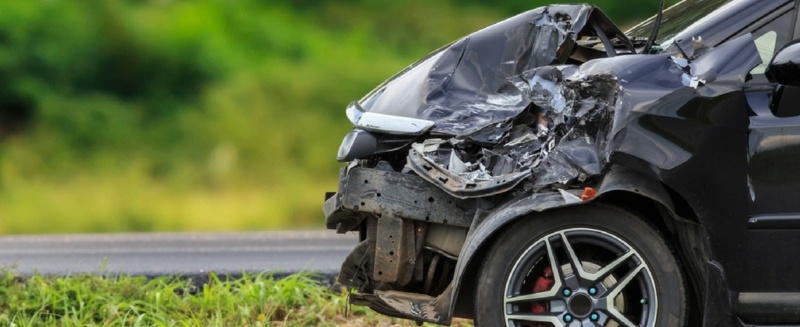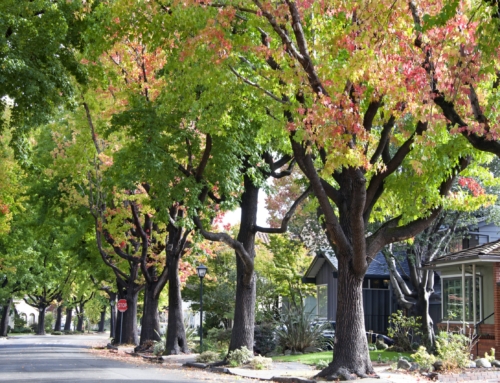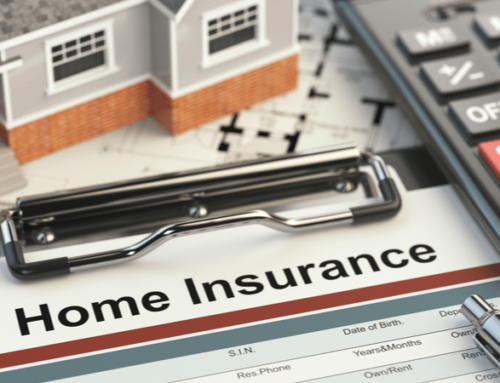You always hope that there are no injuries in the event of a car accident. In addition, there are always a lot of emotions that can exacerbate the situation. So what happens if you’re a victim in a hit-and-run car accident? It could be absolutely debilitating—physically and emotionally.
The first thing to do after any accident is to see if anyone is hurt or needs medical attention. After any medical issues have been addressed, you can deal with the accident report and insurance claim.
What information can you gather at the scene of the car accident?
Do not chase after the other vehicle. This could be dangerous, and it’s better to let the professionals take care of the situation. If you are able to secure the vehicle’s license plate information (even just a part of it), you can add it to the accident report. You should also add as detailed of a description as possible of the vehicle that drove away from the scene of the car accident.
If there are witnesses to the scene, or if there were other people in your car at the time of the accident, ask if they remember more of the license plate or can provide a better description than you can. You may be more upset than the witnesses or bystanders, and they may be able to provide more accurate information to the authorities. The more information you can give to the police, the better.
Steps to take in an accident when the other driver has disappeared
- File a police report. The police need to have all the information on record to assist in finding the guilty party in the car accident. It’s sad, but there is so much fraud in our society that the insurance company must take every precaution to determine if the claim is legitimate. A police report is a sworn statement that the insurance company will take very seriously.
- Report the incident to your insurance company and to your agent.
Bear in mind that the definition of a hit-and-run accident and the coinciding penalty differ by state.
How to file a claim when the driver at fault fled the accident scene
Uninsured/underinsured motorist coverage protects you against both financial and non-financial losses sustained as a result of an uninsured, underinsured, or hit-and-run driver.
Financial losses that may be incurred by the victim of a hit-and-run car accident include medical expenses and lost wages. This applies to you as a driver or a pedestrian, as well as to other passengers in your car or to other people driving your car with your permission.
Non-financial damages can be subjective, but you are still entitled to financial compensation according to the law. These types of damages include the loss of ability to engage in activities due to injuries, pain, and suffering.
A warning about car accidents and hit-and-run drivers
A friend of mind was out on the town with friends when a car hit him as he was crossing the street. The drunk driver tried to leave the scene of the accident, but there were enough witnesses with information to find the driver—a teenage driver, driving his parent’s car.
My friend was in a coma for a very long time, but he was lucky and recovered. Even today he’s not back to 100 percent, and he will always have compromised mobility and need physical therapy.
He was extremely lucky in that he had sufficient insurance and was compensated enough to satisfy his new lifestyle and medical needs.
Not everyone has the coverage my friend did. Don’t wait until you’re facing a worst-case scenario. Call your agent and make sure you have underinsured/uninsured driver coverage—even if state law does not mandate it.






